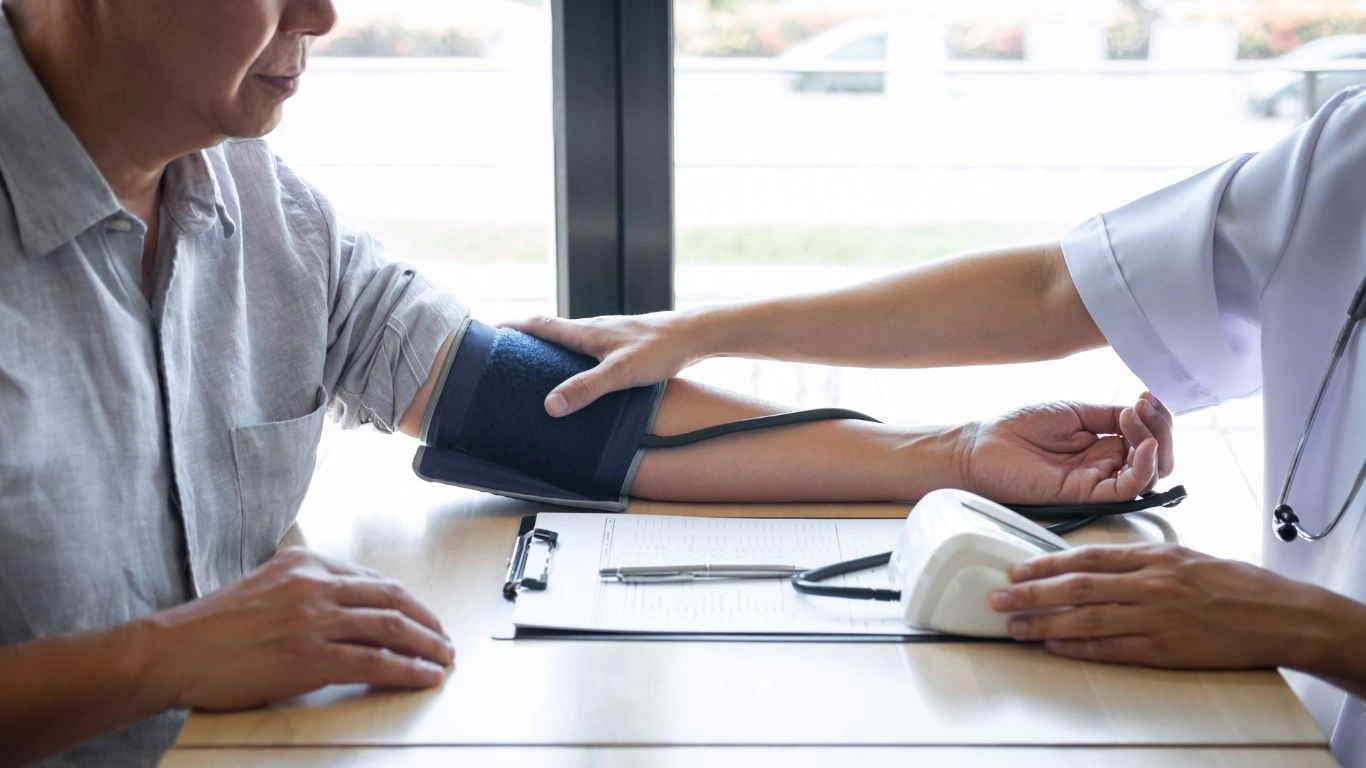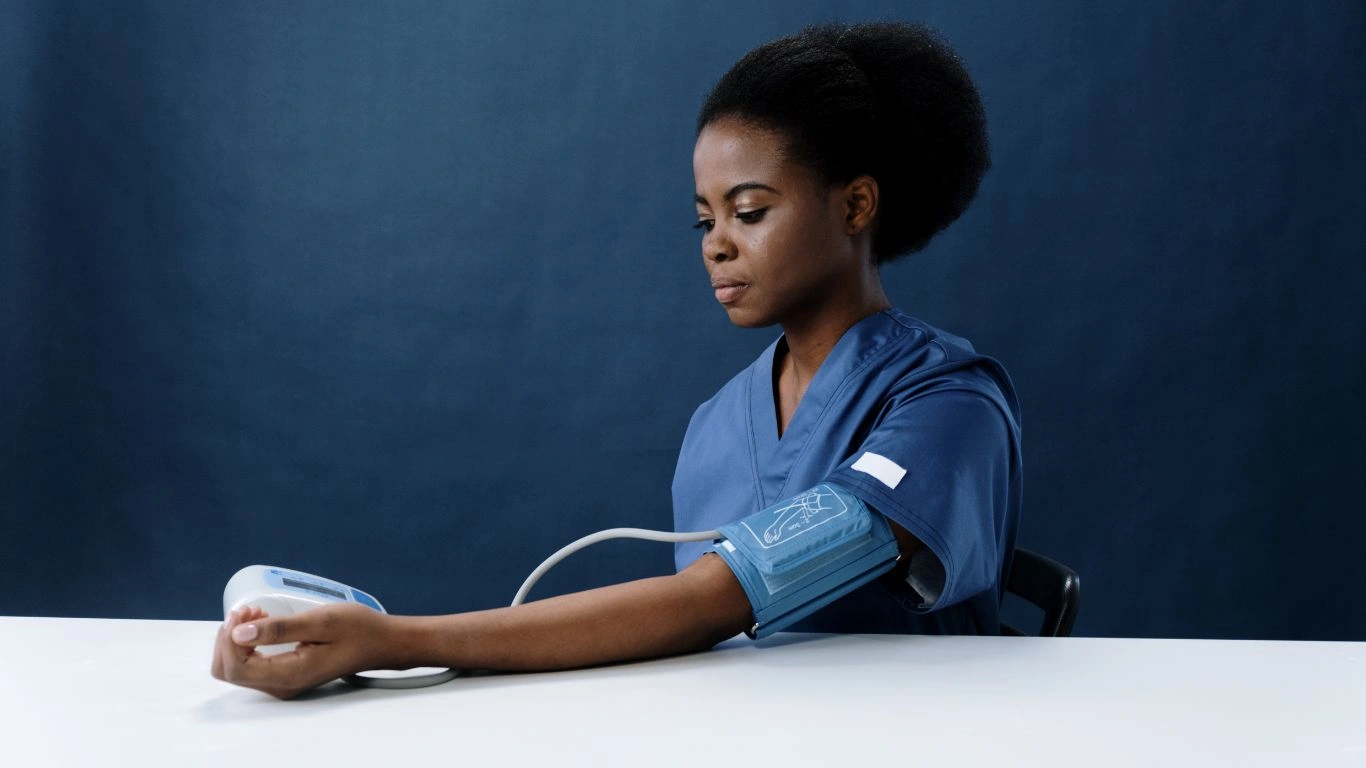Best Seeds for Hypertension Diet to Naturally Lower Blood Pressure
Managing hypertension isn’t just about medications — what you put on your plate matters just as much. Over the years as an internal medicine physician specializing in hypertension management, I’ve seen firsthand how small dietary changes can make a big impact. One of my favorite recommendations? Incorporating the best seeds for hypertension diet into your daily meals. These tiny nutritional powerhouses pack a punch when it comes to heart health, blood pressure regulation, and overall wellness.
Seeds often fly under the radar in conversations about diet and blood pressure, but believe me, they deserve the spotlight. They’re loaded with essential nutrients like fiber, healthy fats, magnesium, and potassium — all of which play vital roles in keeping your blood pressure in check. Plus, seeds are super versatile, making them easy to include in snacks, salads, or even your morning smoothie.
The Role of Seeds in Managing Hypertension

When I counsel patients struggling with high blood pressure, I always emphasize diet as a foundational tool. Seeds offer a natural, nutrient-dense way to support cardiovascular health without the side effects some worry about with medications. Their unique nutrient profiles target different pathways involved in hypertension:
- Magnesium: Helps relax blood vessels, improving blood flow.
- Potassium: Balances sodium levels, which can spike blood pressure.
- Omega-3 Fatty Acids: Known for reducing inflammation and supporting arterial health.
- Fiber: Aids in weight management, which indirectly benefits blood pressure control.
One thing I always remind my patients is that these benefits are best realized when seeds are part of a balanced, heart-healthy diet — think plenty of fruits, vegetables, lean proteins, and whole grains.
Best Seeds for Hypertension Diet: Which Ones Should You Pick?

Flaxseeds – The Heart’s Best Friend
Flaxseeds are a personal favorite, and it’s easy to see why. Packed with alpha-linolenic acid (ALA), a type of omega-3 fatty acid, flaxseeds can help reduce inflammation and promote better blood vessel function. They’re also rich in lignans, which have antioxidant properties, and plenty of fiber. From my clinical experience, I’ve noticed patients who regularly include ground flaxseeds in their diet often report feeling better overall, including more stable blood pressure readings.
Chia Seeds – Tiny but Mighty
Chia seeds might be tiny, but they’re bursting with nutrients that support blood pressure health. Their impressive omega-3 content rivals that of flaxseeds, and they’re a fantastic source of magnesium, potassium, and fiber. What’s great about chia seeds is how easy they are to add — sprinkle them on yogurt, mix into smoothies, or soak them overnight to make a chia pudding. I often suggest this to patients looking for a simple but effective way to boost their nutrient intake.
Pumpkin Seeds – A Crunchy Snack with Benefits
Don’t overlook pumpkin seeds! These are incredibly rich in magnesium and zinc, minerals that play crucial roles in cardiovascular health. Pumpkin seeds also contain antioxidants that help fight oxidative stress, which can contribute to hypertension. I like to recommend them as a snack or sprinkled on salads for a bit of crunch and nutritional boost. Plus, many patients find them satisfying, helping to curb unhealthy cravings.
Sunflower Seeds – A Powerhouse of Nutrients
Sunflower seeds often get overlooked in discussions about heart-healthy foods, but they deserve some serious credit. Rich in magnesium, vitamin E, and healthy fats, these seeds help reduce inflammation and improve blood vessel elasticity — both important factors in managing hypertension. Over the years, I’ve noticed patients who regularly snack on sunflower seeds tend to feel more energized and report better control over their blood pressure readings. Just be sure to choose unsalted versions to avoid the hidden sodium that can sabotage your efforts.
Hemp Seeds – The Complete Protein Source
If you’re looking for a seed that’s a complete protein, hemp seeds fit the bill. They contain all nine essential amino acids, making them a fantastic addition to a plant-based or mixed diet. What’s more, hemp seeds are loaded with magnesium and omega-3 fatty acids — both crucial for maintaining healthy blood pressure levels. I often recommend hemp seeds to patients who want to add variety to their diet without sacrificing nutritional value. They blend beautifully into salads, oatmeal, or even homemade energy bars.
How to Incorporate the Best Seeds for Hypertension Diet Into Your Daily Routine

You might be wondering, “Okay, I get that seeds are good for hypertension, but how do I actually eat more of them?” It’s a fair question. From my experience working closely with patients, the key is making it easy and enjoyable — no one wants to feel like they’re on a restrictive diet or chewing on boring seeds all day.
- Sprinkle Seeds on Salads and Veggies: This is probably the easiest way to add seeds without changing your routine too much. A tablespoon of pumpkin or sunflower seeds adds crunch and nutrients.
- Mix Ground Flaxseeds into Smoothies or Oatmeal: Flaxseeds are best consumed ground for better absorption. Toss a spoonful into your morning smoothie or sprinkle on oatmeal for an omega-3 boost.
- Create Seed-Based Snacks: Try making your own trail mix with sunflower seeds, pumpkin seeds, and a few nuts for a heart-healthy snack on the go.
- Use Chia Seeds in Puddings or Yogurt: Soak chia seeds overnight in almond milk or your favorite milk alternative to make a delicious, nutrient-packed pudding.
- Add Hemp Seeds to Baked Goods: These seeds blend seamlessly into muffins, bread, or granola bars, making your favorite treats a little healthier.
From my clinical perspective, I encourage patients to start small — even a tablespoon a day can be a meaningful step toward better blood pressure management. And remember, consistency is key. The benefits of these seeds build up over time, and they complement other lifestyle changes like exercise, stress reduction, and avoiding excess salt.
What to Watch Out For When Adding Seeds to Your Hypertension Diet

While seeds are fantastic allies in controlling hypertension, there are a few practical considerations to keep in mind — because even good things can backfire if not used mindfully.
Portion Control Matters
Seeds are calorie-dense, and overdoing it can lead to unwanted weight gain — which is counterproductive for managing blood pressure. I often tell my patients that a small handful (about 1 to 2 tablespoons) per day is enough to reap benefits without going overboard. It’s easy to underestimate calories from seeds because they’re small, so measuring your portions can make a big difference.
Choose Unsalted or Low-Sodium Versions
This one’s a biggie. Salt is a major culprit in high blood pressure, so if you’re buying packaged seeds, make sure they’re unsalted or lightly salted. Otherwise, you could unintentionally be consuming excess sodium that undermines your efforts.
Be Mindful of Allergies and Digestive Sensitivities
Some people might experience digestive discomfort or allergic reactions when they first start eating certain seeds. I recommend starting with small amounts and paying attention to how your body responds. If you have known allergies to nuts or seeds, always consult your healthcare provider before making any changes.
The Science Behind Seeds and Blood Pressure Control

To back up these recommendations, numerous studies have looked into the effects of seeds on hypertension. For example, research shows that magnesium-rich foods like pumpkin and sunflower seeds can lower systolic blood pressure by helping relax the smooth muscles lining blood vessels. Similarly, the omega-3 fatty acids found in flax and chia seeds are linked to reduced inflammation and improved arterial function, which supports overall cardiovascular health.
Personally, I find this blend of clinical evidence and real-world patient success stories extremely encouraging. It reinforces that incorporating the best seeds for hypertension diet isn’t just a trendy health tip — it’s a well-founded strategy grounded in science and practical outcomes.
So, if you’re looking to take charge of your blood pressure naturally, seeds might just be your new best friend.
Tips to Maximize the Benefits of Seeds in Your Hypertension Diet

As someone who’s spent years guiding patients through the ups and downs of managing hypertension, I can tell you that incorporating seeds is a fantastic step — but there’s always room to level up how you use them. Here are a few practical tips to get the most out of these little nutritional powerhouses:
Rotate Your Seeds for Variety and Balance
It’s tempting to stick to just one “super seed” once you find something you like, but I encourage mixing it up. Different seeds provide slightly different nutrients, so rotating flaxseeds, chia, pumpkin, sunflower, and hemp seeds ensures you get a broad spectrum of benefits. This approach not only keeps things interesting but also helps avoid potential nutrient imbalances.
Grind or Soak When Needed
Flaxseeds, for example, are better absorbed when ground, so keep a small coffee grinder handy or buy pre-ground flaxseed to sprinkle on your food. Chia seeds swell and form a gel when soaked, which can aid digestion and improve nutrient absorption. These simple prep tricks help your body make the most of the nutrients in seeds.
Combine Seeds With Other Heart-Healthy Foods
Think of seeds as part of a bigger puzzle. Pair them with leafy greens, berries, whole grains, and lean proteins for meals that support blood pressure control from multiple angles. For instance, a spinach salad topped with pumpkin seeds and grilled salmon is a fantastic combo packed with magnesium, potassium, and omega-3s — all crucial for heart health.
Addressing Common Questions and Concerns

Can Seeds Replace Blood Pressure Medications?
This is a question I get often, and it’s important to clarify: seeds are not a replacement for prescribed hypertension medications. They’re a complementary tool, a part of a broader lifestyle strategy including diet, exercise, stress management, and medication adherence when necessary. Always talk to your healthcare provider before making any changes to your treatment plan.
How Much Should I Eat Daily?
Moderation is key. I usually recommend 1 to 2 tablespoons of mixed seeds per day as a good starting point. It’s enough to get benefits without risking excessive calorie intake. Remember, consistency over time is what really makes a difference.
Are There Any Side Effects?
Most people tolerate seeds well, but some may experience bloating or digestive discomfort when first increasing fiber intake. To minimize this, start slow and drink plenty of water. If you have allergies or medical conditions, consult your doctor before adding new foods.
My Personal Takeaway from Years of Clinical Practice
In my experience as an internal medicine physician focused on hypertension, I’ve witnessed how patients’ lives improve when they embrace simple, sustainable dietary changes. Incorporating the best seeds for hypertension diet has become one of my go-to recommendations because it’s accessible, natural, and effective.
What really stands out is how these tiny seeds empower patients. They offer a sense of control — a way to actively participate in their health journey without relying solely on medications. This feeling of agency can be incredibly motivating and often sparks broader positive changes in lifestyle.
If you’re reading this and wondering where to start, just pick one seed, try adding it to your meals, and see how it feels. With patience and consistency, those small steps can lead to significant, lasting improvements in your blood pressure and overall heart health.
References
Disclaimer
This article is intended for informational purposes only and does not replace professional medical advice. Always consult with your healthcare provider before making any changes to your diet or treatment plan, especially if you have underlying health conditions or are taking medication for hypertension.

Dr. Gwenna Aazee is a board-certified Internal Medicine Physician with a special focus on hypertension management, chronic disease prevention, and patient education. With years of experience in both clinical practice and medical writing, she’s passionate about turning evidence-based medicine into accessible, actionable advice. Through her work at Healthusias.com, Dr. Aazee empowers readers to take charge of their health with confidence and clarity. Off the clock, she enjoys deep dives into nutrition research, long walks with her rescue pup, and simplifying medical jargon one article at a time.





